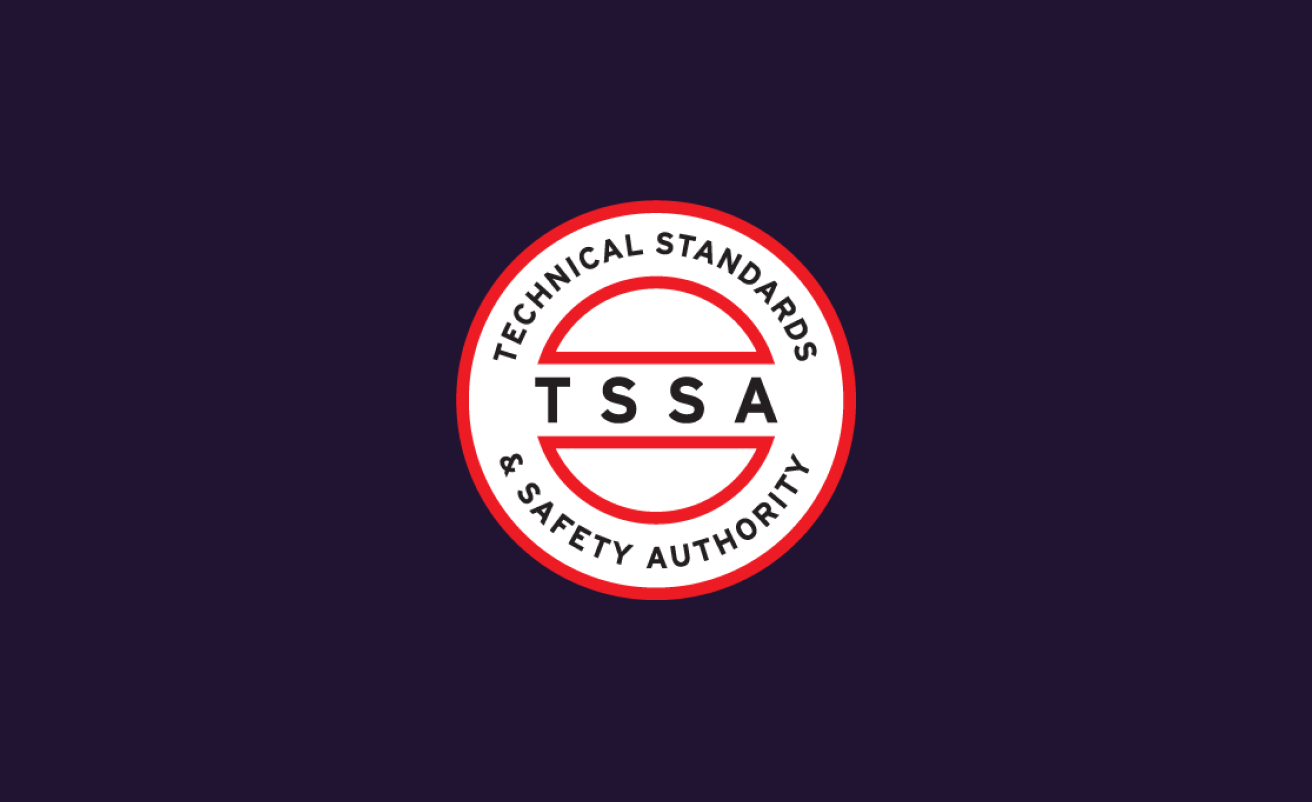
The Liquid Fuels Compliance Standard came into effect on April 14, 2025, for all licensed retail liquid fuels facilities in Ontario.
The Liquid Fuels Compliance Standard seeks to enhance the safety of liquid fuels facilities across Ontario by:
- Prioritizing high-risk non-compliances that pose significant safety risks: To help owners, contractors and mechanics understand safety priorities by directing their focus on addressing high-risk non-compliances.
- Promoting inspection consistency: Inspection orders are based on risk and data analyses from inspection and incident history, ensuring standardized and consistent approach to inspections.
The Technical Standards and Safety Authority (TSSA) will apply this standard during periodic inspections to enhance safety and regulatory consistency. If high-risk non-compliances are found during a periodic inspection, TSSA will:
- Issue an order(s) requiring corrective action
- Conduct a follow-up inspection to confirm compliance
- If compliance is not confirmed within the specified time, further enforcement action will be taken, including possible shutdown
High-risk non-compliances may require immediate compliance (0 days), could result in a shutdown, or allow 14 days to rectify the issues. In some cases, a high-risk non-compliance may be given more than 14 days to resolve, depending on practical considerations and circumstances.
Other non-compliances, categorized as safety tasks (low- and medium-risk), will be noted on the inspection report. Owners and operators are responsible for resolving safety tasks within the time specified in the inspection report. TSSA will not conduct a follow-up inspection if only safety tasks are found during a periodic inspection.
Below is a list of high-risk non-compliances in the Liquid Fuels Compliance Standard:
| Issue | Compliance Order | Regulation/Code Clause |
| The facility must be licensed. | Rectify | Section 10(1) of O. Reg. 217/01 |
| Any modification to the facility requires approval. | Rectify | Section 22(4) of O. Reg. 217/01 |
| Employees must be trained in emergency procedures. | Rectify | Clause 6.5.2 of Liquid Fuels Handling Code |
| Copies of the inventory control must be made available. | Rectify | Clause 1.2.3 of Liquid Fuels Handling Code |
| Annual shear-valve and leak-detection system tests and maintenance records must be available. | Rectify | Clause 4.6.9 of Liquid Fuels Handling Code |
| The sump leak detection system must be interlocked to shut off product flow. | Rectify | Clause 4.6.10 of Liquid Fuels Handling Code |
| Copies of the current precision leak tests must be available. | Rectify | Clause 7.3.1 of Liquid Fuels Handling Code |
| Current corrosion protection reports for the underground storage tank system(s) must be available. | Rectify | Clause 2.3.1.2 of Liquid Fuels Handling Code |
| The cathodic protection test report must indicate a passing result. | Rectify | Clause 2.3.1.4 of Liquid Fuels Handling Code |
| Equipment must be approved and installed according to the code and manufacturer's instructions and be appropriate for the intended use. | Rectify | Clause 1.3.1 of Liquid Fuels Handling Code |
| The product must be dispensed or vented at least 3 metres from any ignition source. | Rectify | Clause 6.3.1 of Liquid Fuels Handling Code |
| All applicable stage 1 vapour recovery equipment must be installed, operated and maintained. | Rectify | Clause 1.3.2 of Liquid Fuels Handling Code |
| Dispenser hose(s) must be equipped with approved emergency breakaway device(s). | Rectify | Clause 4.6.13 of Liquid Fuels Handling Code |
| Dispenser(s) sumps must be leak-tight. | Rectify | Clause 4.5.2.7 of Liquid Fuels Handling Code |
| Any loss of liquid or gain of water in the tank(s) not attributed to condensation must be investigated. | Rectify | Clause 7.3.5(a) of Liquid Fuels Handling Code |
| Video monitoring images must be adequately sized and clear enough to allow the attendant to read a vehicle’s licence plate held by a person in the fueling area. | Rectify | Clause 5.2.5 of Liquid Fuels Handling Code |
| A manual leak detection system(s) must comply with the Liquid Fuels Handling Code. | Rectify | Clause C.1.1 of Liquid Fuels Handling Code |
Visit the Liquid Fuels Compliance Standard webpage for more information or watch a recording of the webinar on Liquid Fuels Compliance Standard held on March 27, 2025.
This news item was sent to liquid fuels contractors and facilities, Liquid Fuels Compliance Standard webinar attendees and Fuels web subscribers.